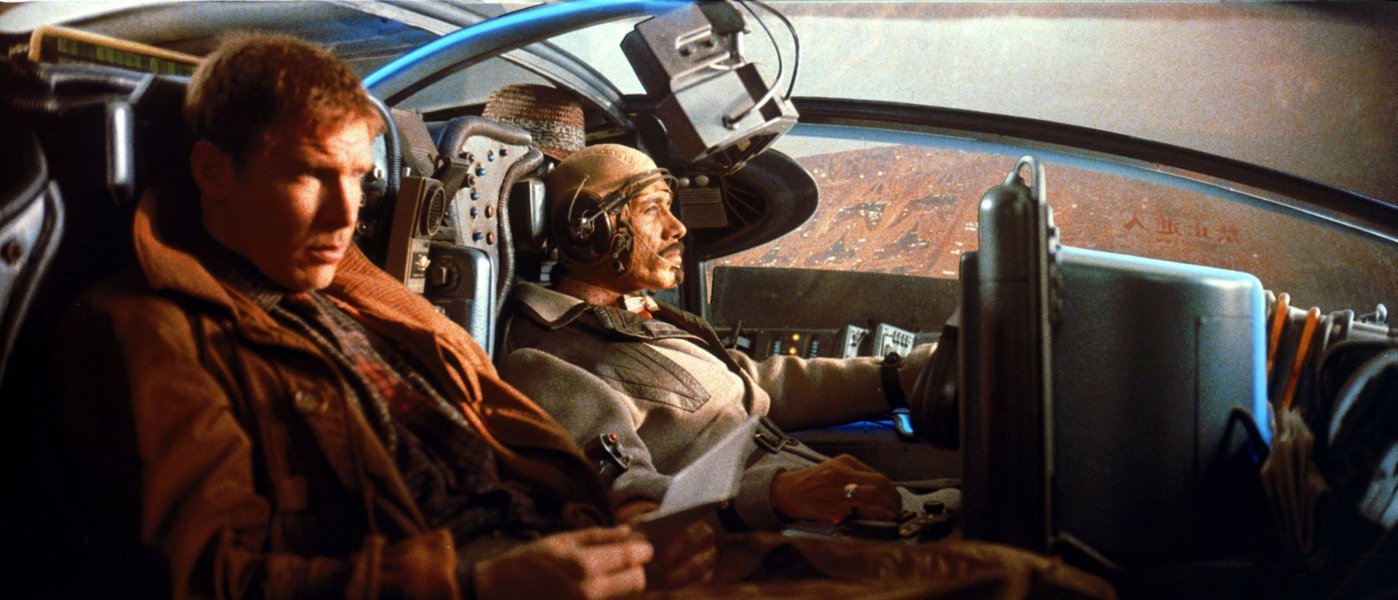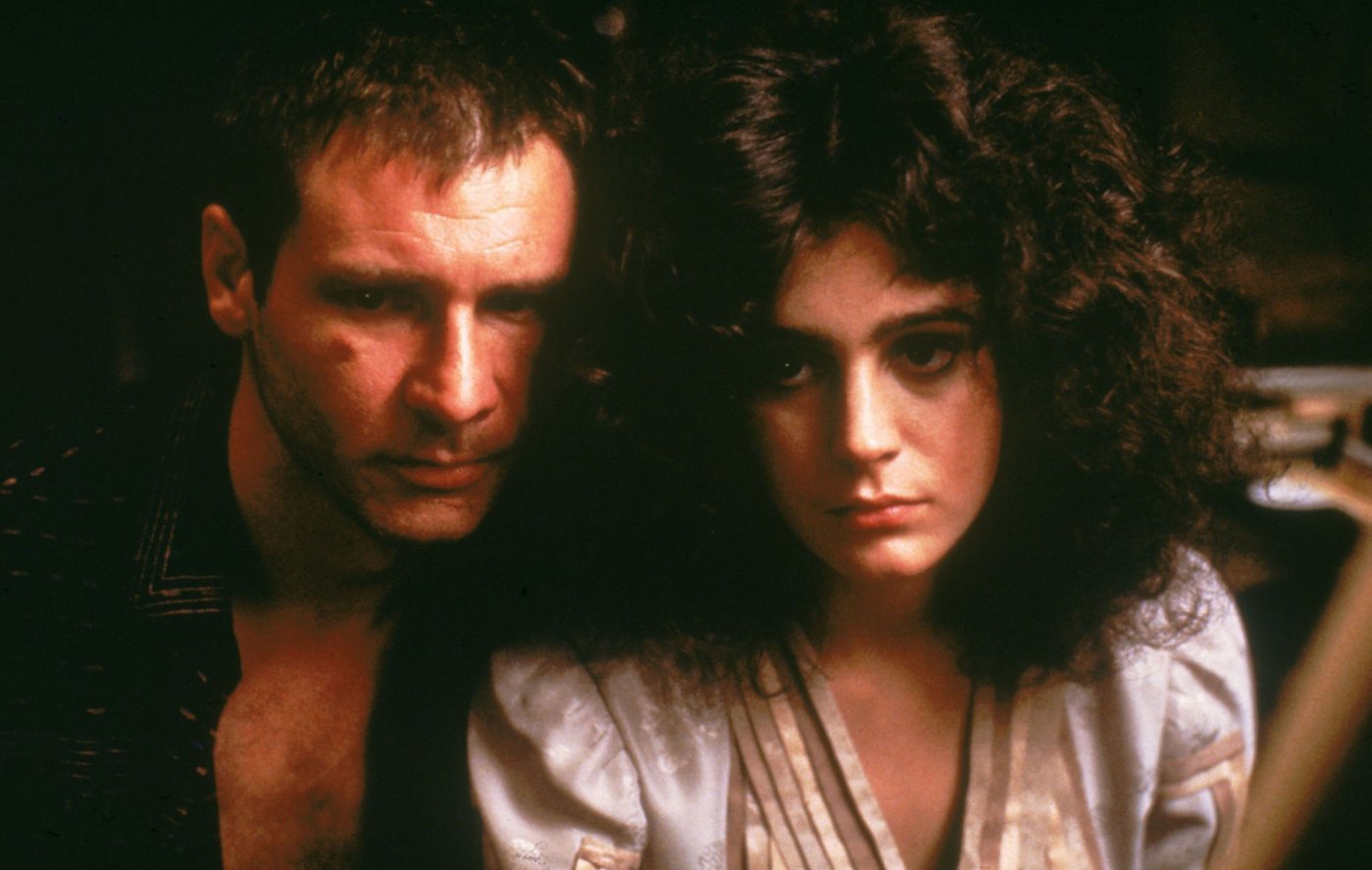UK | 2011 | Directed by Paddy Considine
Logline: A lonely middle-aged man battling with his own penchant for violence is drawn toward a Christian woman trapped in an abusive relationship.
Joseph (Peter Mullan) has anger issues. In a small English town he plods along, a widower, cursing at the world, and taking his extreme bitterness out on the innocent and the guilty. Within the first few minutes of the movie Joseph, in a paroxysm of rage against those who administer his dole money, and kicks his dear dog to death. He loved that mutt.
Drowning his sorrows in a pint of ale his tolerance is further tested by several obnoxious youths playing pool. One of the lads threatens him and he retaliates by assaulting the boy and scaring off the other two. Later as he stumbles into his front yard he’s set upon by the youths and has the living daylights kicked out of him. Dawn sees him crossing the path, or storefront to be precise, of Hannah (Olivia Colman), who runs a charity op shop.
Tyrannosaur is a tale of redemption, a baptism by fire, a scalding of the soul. It is the debut feature from the talented actor Paddy Considine, who joins the ranks of Gary Oldman (Nil by Mouth) and Tim Roth (The War Zone), two exceptional actors who dug deep down into the bowels of their nightmares and made two of the most disturbing, distinctly English studies of family, violence and abuse, of the past twenty years. Tim has never directed since, and Gary has only just announced his second feature (perhaps the cinematic exorcisms of thier demons proved too harrowing an experience?), but something tells me we’ll be seeing more movies from Paddy Considine.
Considine is no stranger to violence on screen having played an adult bully of boys in Shane Meadows A Room for Romeo Brass and a psychopathic returned soldier in Dead Man’s Shoes, as well as a sociopathic religious freak teetering on the edge in My Summer of Love. Considine as all the acolytes and fuel to burn and thus elicits a stunning turn from Peter Mullan. But he pulls an extraordinary – and heartbreaking – performance from Olivia Colman.
Tyrannosaur is essentially a two-hander, but there is a third wheel to this dark and disturbing tale of dysfunctional love and twisted vengeance, in the form of Eddie Marsen as Hannah’s grotesque husband James. Marsen’s work is almost as impressive as Mullan and Colman, and that’s still very high praise.
Tyrannosaur is a difficult movie to recommend to sensitive souls, it’s an emotionally-wrenching movie, but also there are several genuinely upsetting scenes of violence (including two scenes of animal cruelty) and a nasty rape, as well as an appalling confession, but it is made and delivered within a powerful quest for justice, as surprising, disquieting and controversial as that search may be. The title plays on the concept of Joseph as some kind of marauding beast, but is referenced in one of the movie’s few moments of (dark) comic relief when Joseph explains to Hannah how his dead wife was so fat that he nicknamed her "Tyrannosaur"(in itself a reference to the movie Jurassic Park).


































































































































